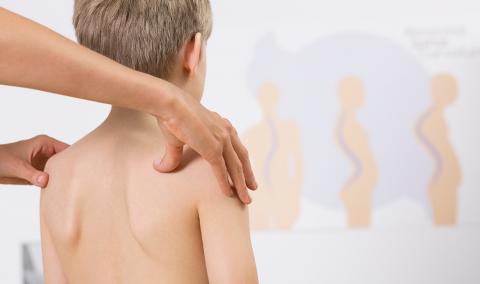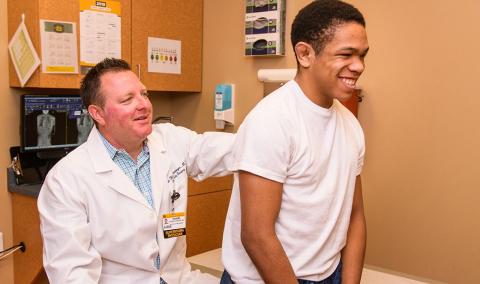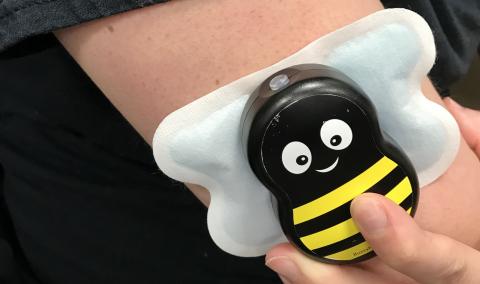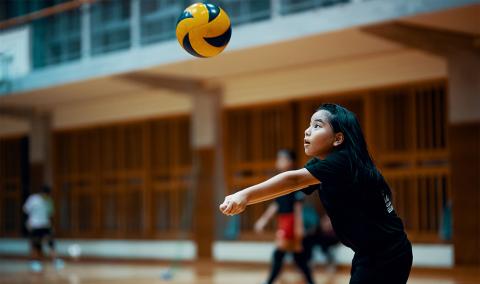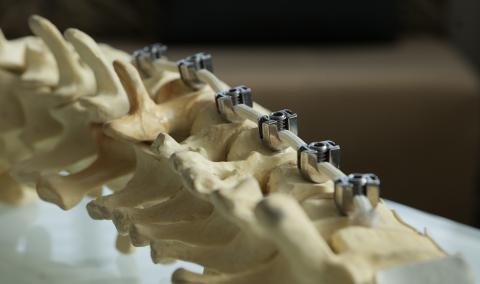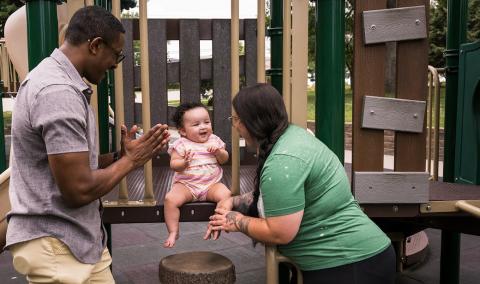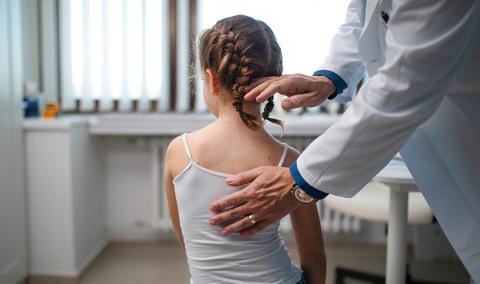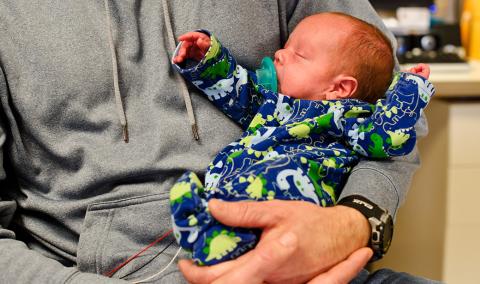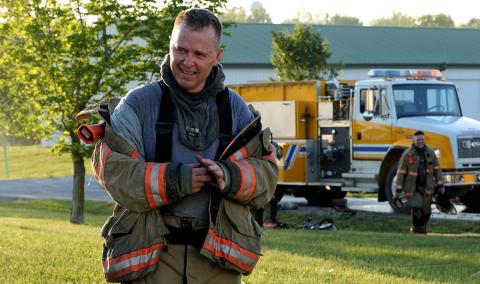Pseudoachondroplasia is a form of dwarfism estimated to affect one in 30,000 people. Children aren’t usually diagnosed at birth, but characteristics usually become noticeable from 2 to 4 years of age.
If you have a child with pseudoachondroplasia, you want him or her to receive comprehensive care from a team of experts. At University of Missouri Health Care, we are the region’s experts in treating skeletal dysplasia diseases. We are actively involved with national research for treatments, and the leader of our team, Daniel Hoernschemeyer, MD, sits on the medical advisory board of the Little People of America so he can be actively involved with the issues affecting the health of skeletal dysplasia patients.
Pseudoachondroplasia Characteristics
People with pseudoachondroplasia (PSACH) can expect to reach an adult height of 2-foot-11 to 4-foot tall. They commonly have joint instability in the hands, knees and ankles; curvature of the spine; joint pain; and leg deformities such as knock-knees, bowed legs and legs of different length. Pseudoachondroplasia does not affect life expectancy.
Pseudoachondroplasia Diagnosis and Treatment
Between the ages of 2 to 4, the growth rate of children with pseudoachondroplasia slows down and their walking gait changes. Radiographic imaging can tell doctors whether PSACH is suspected, but it should be confirmed through genetic testing. If there is a family history of PSACH, prenatal DNA analysis can diagnose the disease or genetic testing can be performed before the child displays symptoms.
There is no cure for pseudoachondroplasia. Limb-lengthening surgery should only be discussed when the patient is old enough to weigh the risks and benefits. Adaptability products can help people with PSACH do daily tasks such as hygiene, driving and reaching household items. Curvature of the spine can be treated with a brace or, less frequently, with spinal fusion surgery. Shoe lifts or inserts can address leg-length discrepancies. Surgery might be necessary to address leg alignment problems.
Resources for Families
Click here for more detailed information and resources on pseudoachondroplasia.



